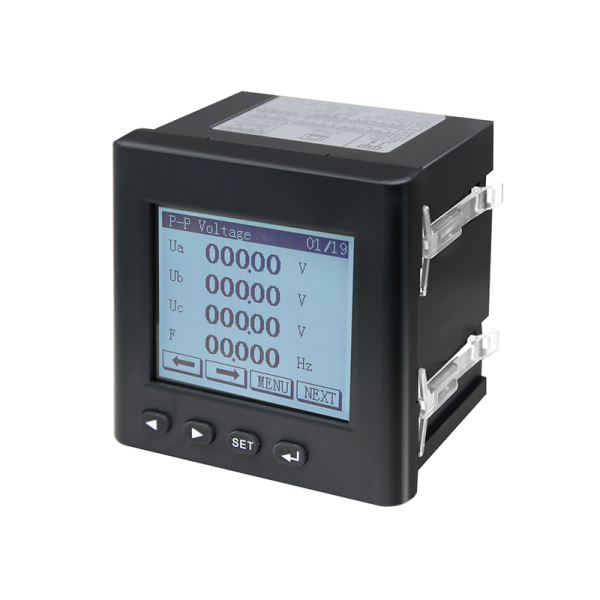Do you know the difference between single phase and three phase energy meter? Energy meters are crucial devices used to measure and monitor the consumption of electrical energy in various settings, from residential homes to large industrial facilities. There are two primary types of energy meters: single-phase and three-phase. Understanding the differences between these two types is essential for selecting the appropriate meter for specific applications.
Difference between single phase and three phase energy meter in Advantages
Single-Phase Energy Meters advantages

Simplicity: Single-phase energy meters are straightforward in design and installation. They are typically used in residential settings where the electrical demand is lower. The simplicity of these meters makes them easy to install, operate, and maintain, which is ideal for home use.
Cost-Effective: Single-phase meters are generally less expensive than three-phase meters. Their lower cost, combined with their efficiency in low-power applications, makes them an economical choice for most households.
Common Usage: Since most household appliances require only single-phase power, this type of meter is widely used in homes, small businesses, and light commercial settings.
Three-Phase Energy Meters advantages

Higher Power Capacity: Three-phase energy meters are designed to handle higher power loads, making them suitable for industrial and large commercial applications. They can efficiently measure the energy consumption of heavy machinery and large systems.
Efficiency: Three-phase systems are more efficient in transmitting electricity, especially over long distances. This efficiency reduces energy losses and ensures a stable power supply, which is critical for large operations.
Reliability: In a three-phase system, even if one phase fails, the other two can continue to supply power, reducing the risk of a complete power outage. This makes three-phase meters more reliable in settings where continuous power is essential.
Difference between single phase and three phase energy meter in disadvantages
Single-Phase Energy Meters disadvantages
Limited Power Capacity: Single-phase meters are not suitable for high-power applications. They are typically limited to residential and small commercial use, where the power demand is relatively low.
Susceptibility to Interruptions: Since single-phase systems rely on a single phase, any disruption in the phase can lead to a complete loss of power. This lack of redundancy can be a disadvantage in settings where power stability is critical.
Three-Phase Energy Meters disadvantages
Complexity: Three-phase energy meters are more complex in terms of design, installation, and maintenance. They require the connection of three-phase wires plus a neutral wire, which adds to the installation time and cost.
Higher Initial Cost: The initial investment for a three-phase meter is higher than for a single-phase meter. This is due to the increased complexity and the need to handle larger power loads, making it more suitable for industrial settings rather than residential use.
Difference between single phase and three phase energy meter in Voltage
Voltage of Single-Phase Energy Meters
Standard Voltage: Single-phase meters typically operate at a voltage of around 230 volts, which is standard for residential use in many countries. This voltage level is sufficient to power common household appliances like lights, televisions, and refrigerators.
Voltage of Three-Phase Energy Meters
Higher Voltage: Three-phase meters can operate at voltages up to 415 volts. This higher voltage capability allows them to efficiently power large industrial equipment and machinery that require more significant amounts of electricity.
Difference between single phase and three phase energy meter in Connection
Single-Phase Energy Meters connection
Simple Wiring: A single-phase energy meter uses two wires: one phase wire and one neutral wire. This straightforward wiring configuration makes it easier to install and less prone to wiring errors.

Three-Phase Energy Meters connection
Complex Wiring: Three-phase energy meters require three-phase wires and one neutral wire for connection. This more complex wiring system allows for balanced power distribution across all three phases, which is crucial for the stable operation of large-scale electrical systems.

Conclusion
In summary, single-phase and three-phase energy meters serve different purposes depending on the power requirements of the application. Single-phase meters are ideal for residential and small commercial use due to their simplicity, cost-effectiveness, and suitability for lower power demands. In contrast, three-phase meters are designed for industrial and large commercial settings, offering higher power capacity, efficiency, and reliability. Understanding these differences is key to selecting the right energy meter for specific needs, ensuring optimal performance and energy management.






